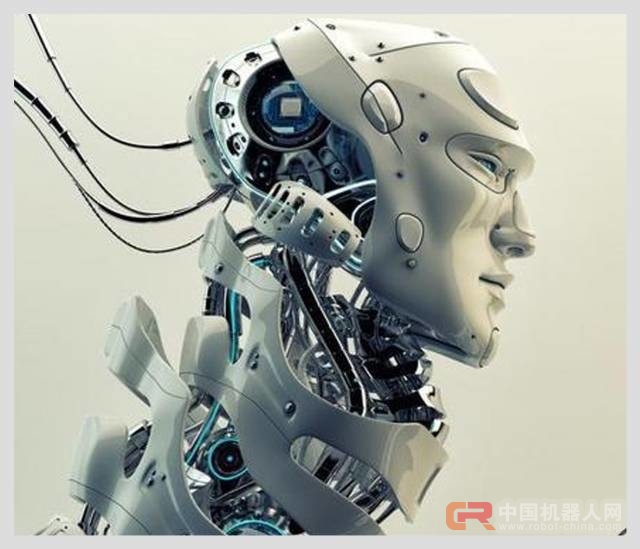
At the food court of Singapore Changi Airport Terminal 2, passengers can pick up chicken rice and noodles, but ordering, taking meals, and paying are all on one machine. The operator of this food court is Select Group. It is very satisfied with the effect achieved by the robot. General Manager Chen Zhiyuan said: “Each of the eight or nine shops in the food court need cashiers. Now these stores need only one in total.†Select Group intends to replicate the same model in another terminal next year. In Singapore, the Select Group's approach is not the first one.

In February of this year, Rong Heng Seafood Restaurant at Singapore East Coast Park used a robot as a waiter to serve guests. The owner of the restaurant met a robotic waiter in a restaurant in Kunshan, China, at the end of 2014 and was inspired to use the robot. He said, “The waiters are too hard to find.†The restaurant needs 15 waiters, but only 6 have been hired until now. Now with 3 robots, only 4 waiters are needed. The robot solved his immediate needs and had a lot of advantages. He also plans to acquire more robots with different functions, such as welcoming guests' robots, receiving orders, replacing plates, etc. Such automation projects are becoming more and more popular in Singapore. From the no-taxi to light-rail passenger facial recognition payment system, a part of this is a last resort. Singapore is facing a manpower crisis. The population is rapidly aging, fertility is declining, and economic growth is weak. At the same time, the authorities The immigration policy has been tightened to limit the inflow of foreign workers.There is another headache for the catering industry. Nowadays, young people are reluctant to work in low-tech jobs, which undoubtedly worsens the shortage of food and beverage manpower in Singapore. Instead of having to use more robots instead of manpower, robots not only solve the problem of shortage of manpower, but also work more efficiently and with greater productivity, and are thus favored by the official.

The Singapore Brands Agency strongly encourages this trend. The SPRING is an institution that promotes local businesses and products. It is currently preparing to bid for two food centers. The system of selecting bids takes more consideration of productivity factors. In the past, prices were mainly considered in the system, while productivity factors accounted for 50% of the weights in the new system. The rest was price. The SPRING will use this system to measure all new coffee shops. The newly opened coffee shop is a food center measuring the adjoining public housing in the local area. The SPRINGC hopes that the productivity of the Singapore catering industry will increase by 2% in the next five years. This is a key measure to achieve the goal. The restaurant industry has the lowest productivity in Singapore and therefore it is the object of being “saveâ€. According to the statistics of the New Standards Agency, the catering industry accounts for only 0.8% of GDP in China, but employs 160,000 workers, which accounts for 4.5% of the local labor force. From 2010 to 2014, the employees in the catering industry increased at a rate of 6% per year, which is higher than the overall economy of Singapore. Driven by these initiatives, the food and beverage company JR Group has established the first Vendcafe in the region, which has a group of vending machines and locals can buy instant food from there. The SPRING Singapore believes that this kind of vending machine saves 70% to 90% of the manpower than the common food stalls, and it is not troublesome to set up, it only takes a few weeks. The SPDB plans to set up 10 similar institutions in the next 12 months.
Motorcycle MP3 player with speaker
5 inch digital car bass tube with FM transmitter
Specifications:
1) With5 inch speaker, which makes music sounds more perspective.
2) Embedded amplifier, shows us a professional amplifier and subwoofer, which makes subwoofer smart, fashionable and perfectly.
3) Support USB, SD card slot and MP3 format ( line in socket), which provides you more music source are supported by our WeiDa subwoofers.
4) With remote control function
5) Previous/next button, bass
6) High power output.
7) FM radio function for option.
8) 12V
9) 6850C
10) Audio output
11) +10/-10 songs
12) Indicator light
13) Volume control
14) Pause playback
15) Remote control
16) Stations memory
17) Auto seek stations
18) Power output: 2x15W
19) USB mobile charger
20) Digital songs selection(by remote control)
21) Last position memory
22) Built in remote receiver
23) Repeat and mute function
24) EQ effect: Pop-rock-classic-jazz
25) Power direct connector, TRE OUT connector
26) USB port, SD-MMC slot, AUX in, compatible mp3 format
Optional voltage: DC12V or 24V, AC220V.
With plastic cover on both ends for option.
Motorcycle MP3 player with speaker,High Quality Motorcycle MP3 player with speaker,Motorcycle MP3 player with speaker Details, CN
Jiangmen soundrace electronics and technology co.,ltd. , https://www.soundracegroup.com